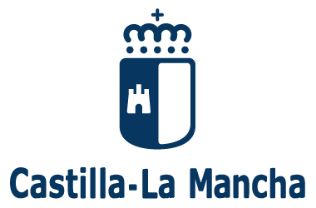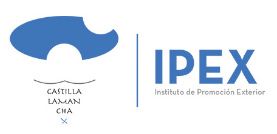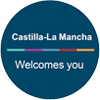The global economy has been based on a linear model of production and consumption, in which products are manufactured from raw materials that are then sold, used and finally discarded as waste. However, several factors indicate that the linear model is increasingly being challenged and is gradually giving way to a Circular Economy model.
What is the Circular Economy?
The Circular Economy can therefore be defined as an innovation of our production and consumption system, which seeks to maintain and strengthen socio-economic development, without compromising ecosystemic functionalities while preserving natural resources, for present and future generations, based on three principles:
- Preserve and enhance natural capital.
- Optimize resource yields by distributing products, components and materials at their maximum utility at all times.
- Improve design and reduce/eliminate negative externalities.
The circular economy is cross-cutting and involves all economic sectors.
But to focus on specific activities and a more easily delimited scope, we can identify some sectors that are particularly relevant to the circular economy, including: plastics, raw materials, construction waste, food waste and bio-based products (biomass).
Circular Economy Strategies
EUROPE
The European Commission drove a breakthrough in circular economy by implementing the 54 measures of the “Closing the Circle” plan, in 5 areas: plastics, food waste, critical raw materials, construction and demolition, biomass and bio-based products. The plan was launched in 2015 and successfully closed in 2019.
Future European efforts in circular economy target specific areas, such as plastics: by 2030, 100% of plastic packaging should be recyclable.

SPAIN
The Spanish Circular Economy Strategy, “Spain Circular 2030”, aims to facilitate the transition to the circular economy, with 70 different initiatives in many sectors, of a cross-cutting nature.
The Spanish Bioeconomy Strategy foresees actions to promote research and develop the bioeconomy market, especially in food, agriculture and waste.
CASTILLA-LA MANCHA
Castilla-La Mancha is one of the first European regions whose public sector addresses the circular economy.
In Castilla-La Mancha great steps have been taken in favor of the adoption of the Circular Economy.
CASTILLA-LA MANCHA: At the forefront of the circular economy
Castilla-La Mancha is implementing two pioneering policies in Spain:
Circular Economy Law
This is a law without precedent in Spain. Its objective is the maximum use of resources: minimum waste, low-carbon economy, durable products, waste recovery, and reducing food waste.
One of its axes is to support the implementation in Castilla-La Mancha of companies working in the circular economy, through subsidies and public procurement.
The law was approved in November 2019.
Climate Change Strategy
The lines of work for 2020 – 2030 are:
- Energy savings and efficiency.
- Renewable energies and change of energy sources.
- Circular economy.
- Sectoral integration and adaptation of systems and technologies.
- Vulnerability assessment and reduction.
- Research (R+D+i).
HIGHLIGHTED SECTORS
The circular economy affects all sectors, but some are of particular importance and are a priority in public plans.
Waste Management
+900
Waste management companies in Castilla-La Mancha: biomass, food, construction, plastics, etc.
Comprehensive plan until 2022 with 9 programs that promote R&D, prefabricated buildings, composting, etc.
Outstanding project: BIOREGIO, to increase recycling rates.
Agrifood
44%
Agri-food companies in Castilla-La Mancha that have innovative measures to take advantage of and valorize resources.
Permanent aid program for agri-food innovation (FOCAL) with more than 180 million invested.
R&D institutions such as IRICA and IDR. At the private level, Nutreco and the Poultry Research Center.
Renewables
16%
Wind power generated in Castilla-La Mancha, out of the Spanish total. 20% for photovoltaic energy. Leading region in renewables.
Strategic plan with 30 million euros in biomass subsidies.
Innovative projects in biomass (Sunwood) or urban heat (Guadalajara).
OUTSTANDING PROJECTS IN CASTILLA-LA MANCHA
CLaMber Project
The “Castilla-La Mancha Bio-Economy Region” Project, also known as the CLAMBER Project, aims to lay the foundations for making Castilla-La Mancha the benchmark in southern Europe in research related to the use of biomass.
BioRegio Project
Framed within the Interreg Europe program, its objective is to increase knowledge of the circular, economy, knowledge transfer and improve recycling rates, in accordance with the objectives set by the European Commission. It will be implemented over 5 years and has a budget of €20 million.
Biomass Production Plant
The company Sunwood has inaugurated a biomass production plant in the municipality of Cuenca. With an investment of 4.5 million euros, the facilities have a capacity to produce 15,000 tons of pellets per year (3,500 kilos per hour).



